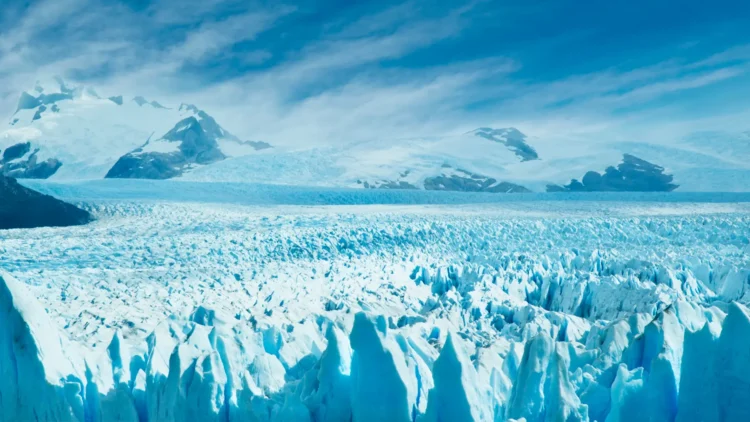Recent Antarctic research studies have presented revolutionary findings on the concealed seasonal cycle of Antarctic regions via polar experiments, which evaluated the study of sea-ice algae as well as microscopic organisms. The first detailed studies of single-celled life adapting to extreme seasonal changes in the Southern Ocean were made by University of Washington researchers who had to endure a winter of total darkness in March, October, and all of summer without a day of sunshine.
Antarctic microbes reveal extraordinary seasonal adaptation strategies
It has a strange seasonal cycle in the frozen waters of Antarctica. The sun rises only insignificantly during winter, between March and October. When sea ice forms, it expels salts, forming winter pockets of excessively salty brine in which microbes survive during the winter. During summer, the sea ice melts around the clock, creating warmer, fresher water on the surface.
A large part of the photosynthetic life of the Southern Ocean lives in this distant ecosystem. The new research by the University of Washington is the first attempt to measure the changes in how sea-ice algae and other single-celled organisms respond to these seasonal rhythms, as an indication of what could occur as the environment changes due to climate change.
Cellular antifreeze mechanisms protect microscopic Antarctic life
Findings indicated the means by which single-celled algae cope with their changing environments. When the temperature decreases, the cell generates cryoprotectants, such as antifreeze, to allow the cellular fluid not to crystallize, and most of the common cryoprotectant proteins are shared with many microbial lifeforms.
Polar organisms are very resilient to the environment
The polar oceans are significant in the global ocean currents, as well as in sustaining the marine ecosystems. Microbes are found at the base of the food web that supports other large life forms. Polar oceans constitute a good part of the world’s water, which is highly productive waters that contribute to the presence of large masses of Krill, the whales that visit to eat the krill, and either polar bears or penguins.
The micro-life is also significant to the climate, as the small creatures silently do the photosynthesis and absorb carbon out of the air. The polar algae are particularly efficient at making sulfur-containing compounds that give the beaches their characteristic smell, and when carried into the air during the sea spray, encourage the creation of clouds that can reduce penetration of the solar rays.
Salt balance mechanisms ensure microbial survival
Since salinity varies, to prevent either rupture in fresh water or drying up as raisins in a salty atmosphere, the cells adjust the quantity of salt-like organic compounds. Most of these molecules play a dual purpose of providing cryoprotectants to stabilize the situation in and out of the cell to achieve water balance.
Seasonal research has implications for climate change
These findings indicate that the community structure in each of the samples was not affected by changes in the short-term temperature and salinity conditions, but altered the production of protective molecules. Various species of microbes responded uniformly to varying conditions. This ought to make it easier to model the future response to climate change. This research starts to unravel the reactions of organisms at the bottom of the food chain, which would be of great significance in determining the potential alterations of the whole food web to climate change.
The micro-scaled algae exhibit elaborate survival strategies, developing antifreeze substances and changing the concentration of salt to survive in harsh environments. Knowledge of these seasonal adaptations can be important in anticipating how climate change could impact Antarctic food webs, including the tiniest of living things in a single-celled form, and the biggest of marine mammals that feed on this fertile polar habitat.


